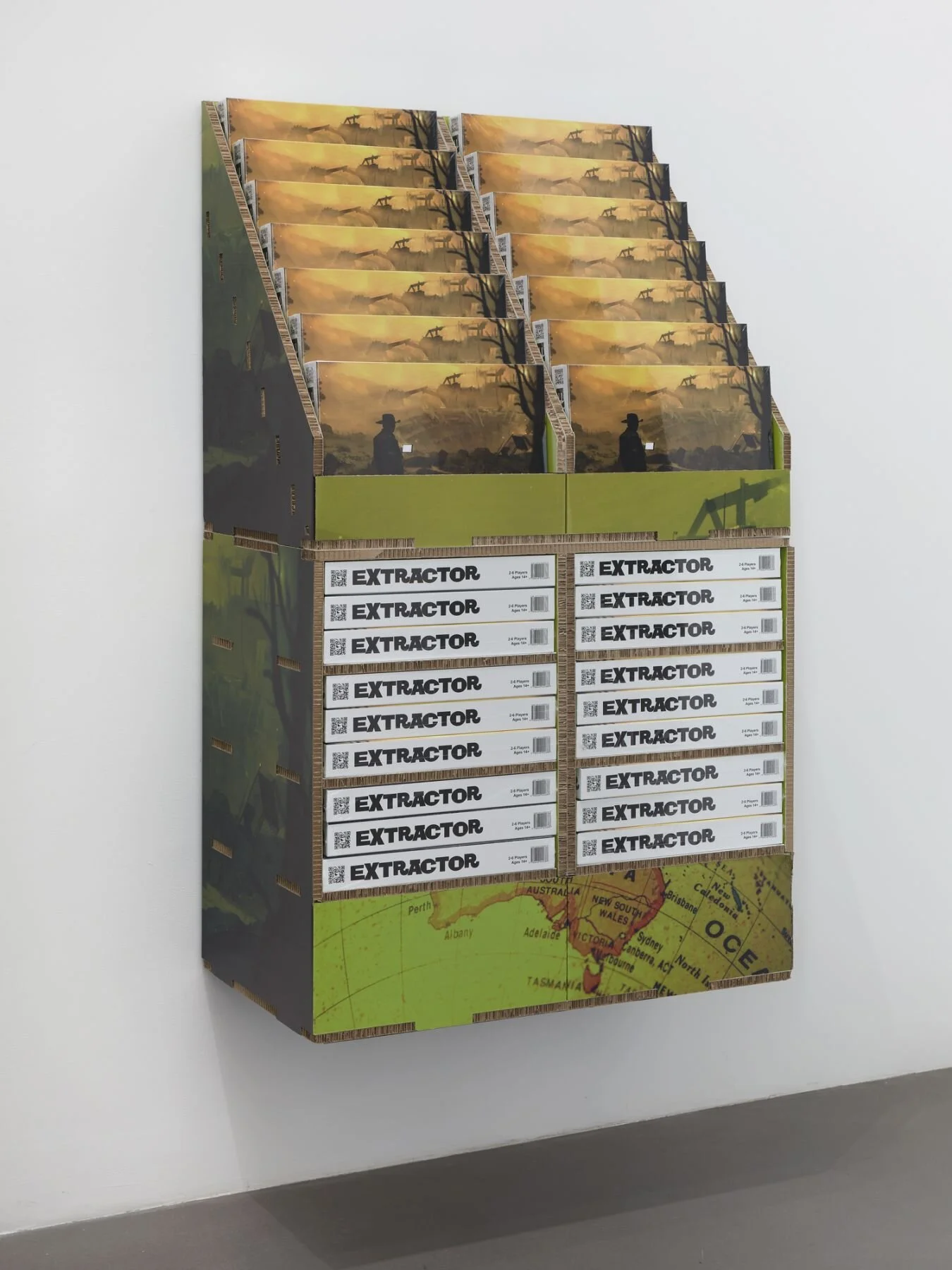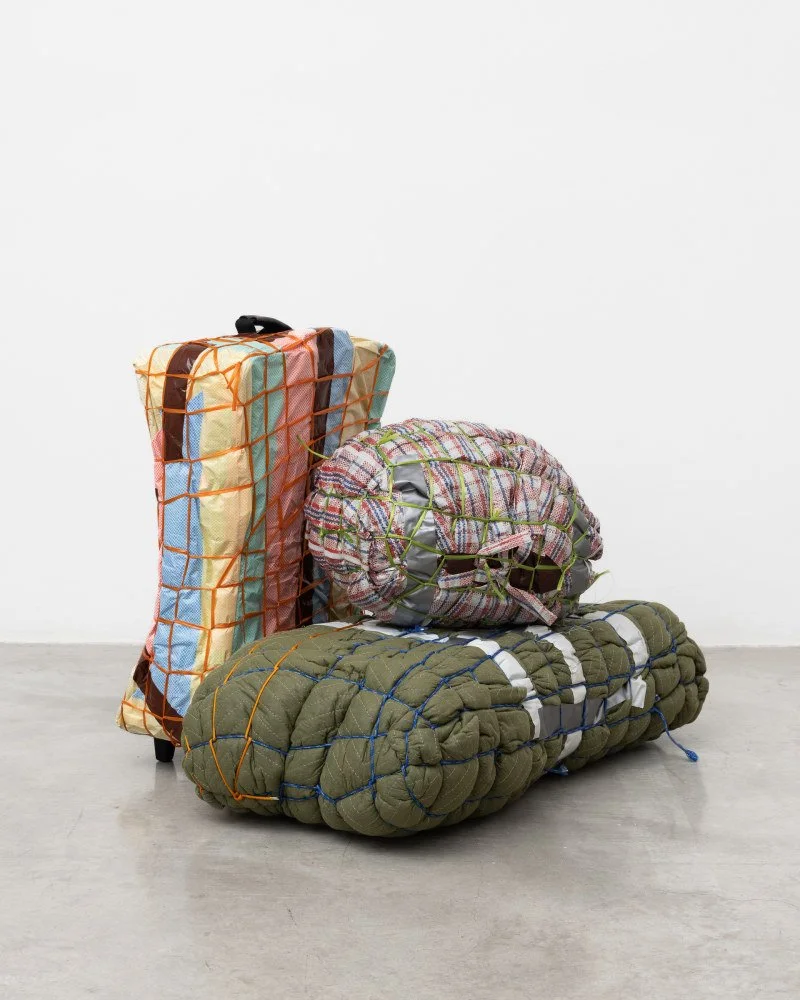Sam Moyer
“Tone”
New York, 475 Tenth Avenue
Sam Moyer’s new body of work, featuring a series of intimately scaled paintings and sculptures, is focused on connection, contemplation, and exploring the boundaries of the relationship between maker and material. Created partly in response to her major installation Doors for Doris (currently on view at the entrance to Central Park on the Doris C. Freedman Plaza), Moyer’s new paintings and sculptures represent a reaction to that work’s monumentality and relate directly to the proportions of the body, with a heightened sense of the corporeal. Due to limitations and constraints imposed by the pandemic, these new works, fabricated in Moyer’s studio, focus on a more intimate scale.
“I liked the flexibility of the word tone, it’s light, it’s color, it’s mood. In the early days of the pandemic in the city, there was a tone. It was so quiet… it was the tone that we couldn’t break away from, sort of the intangible experience we all shared. - Sam Moyer”
Moyer considers her new wall-mounted pieces to be emphatically about qualities of painting, surface light, and layers. The new works bring in a plaster component that references the historic surface of fresco while simultaneously representing construction and stucco, the bridge of materials between the industrial and art. Still incorporating stone remnants as an integral part of the composition, the paintings' surfaces are more intimate, rich, complex and painterly.
Building layers with hand-applied plaster, Moyer creates richly nuanced surfaces, thickly impastoed in certain areas, smooth and glossy in others. Moyer relates her creative process to "going with the flow," a journey of acceptance and moving forward. Taking inspiration from external stimuli—the materials she uses and the space between herself and the world—Moyer follows an instinctual guiding force. She states, "It's a relaxation into the given path, but that doesn't eliminate the pain of the terrain.” With these new works, Moyer delves deep to create paintings that reflect a very personal process.
The process of searching for, collecting, and responding to the character of stone is a significant part of Moyer’s practice. Represented throughout her body of work are fragments of richly colored stone that originated from different places across the globe. Each stone contains marks from its previous industrial usage: its life as a kitchen countertop, an interior renovation, or a tabletop from a local New York City park.






